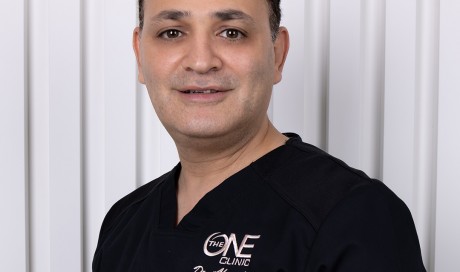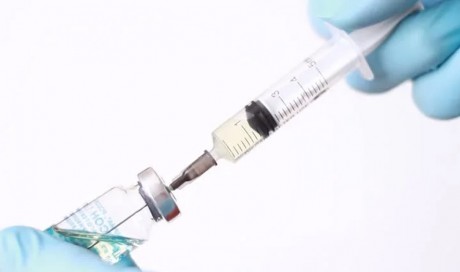Some advances in medicine are no longer science fiction, as dreams have become reality for many lucky patients. Seeing how far medicine has come is fascinating, and future technological possibilities seem endless based on current advances.
1. Bionic Body Parts
Lose a limb or lost movement in your arms or legs? Having a difficult time seeing or hearing properly? New medical advances allow you to replace nonworking (or non-existent) body parts with bionic (machine) parts that work just as well as the original blueprints. Bionic cochlea to improve hearing, retinas to improve eye site, and bionic arms and legs that look and move just like the real things have gone from science fiction to science fact, improving the quality of life for many lucky patients. New technology also allows patients with bionic limbs to move those limbs using just their minds.
2. Arm and Face Transplants
Kidney transplants have been taking place since 1954, says Brigham and Women’s Hospital. However, arm and face transplants once thought of as science fiction are now medical fact. U.S. News and World Report says in 2016, Brigham and Women’s Hospital successfully performed a double arm transplant that will feel like and move like original arms from the donor. Patients with severe burns or other facial malformations now have opportunities for face transplants from deceased donors, with new facial features from those donors.
3. Medically Engineered Body Tissues
Have you imagined that one day scientists would be able to manufacture body tissues and replacement organs in a lab setting? Wake Forest School of Medicine says replacement tissues and organs — such as blood vessels, skin, bladders, esophagus, trachea, muscle, and other body tissues — have been engineered in labs by scientists and successfully used to treat diseases in humans. Scientists are currently working on finding ways to manufacture organs like kidneys, hearts, livers, and pancreases to use in transplantation procedures.
4. Cancer Vaccines
Many people at risk for certain cancers are now surviving, thanks to new cancer vaccines. HPV vaccinations help prevent cervical cancer by vaccinating against the HPV virus, a major cause of cervical cancer. Hepatitis B virus vaccines help protect against chronic hepatitis B infection, a cause of liver cancer. Wondering if any cancer vaccines help with cancer treatment? The answer is yes! The National Cancer Institute says the U.S. Food and Drug Administration (FDA) approved cancer treatment vaccines for men with metastatic prostate cancer (which increased survival rates of men with this cancer), and for patients with metastatic melanoma (skin cancer).
5. Brain Implants
Implanting an electrical device into part of the human brain that controls hand movement (the device is linked to implants in the arm) has helped a tetraplegic man move his hand using just his thoughts, according to PubMed Health. This implantation procedure allowed the man who was paralyzed (due to a cycling accident) from the neck down to regain some control of his head and arm. The new breakthrough shows promise for paralyzed individuals hoping to regain limb movement. However, research in this realm is still in the early phases.
6. Wireless Pacemakers
Pacemakers, which help regulate heartbeats in patients with heart abnormalities, are now smaller than ever — and don’t even require surgical implantation or wires. According to the American Heart Association, new wireless pacemakers are inserted into patients' hearts by catheter through leg veins, without having to cut into the chest cavity, leave scars, or risk infection from pacemaker wires. The new device is about the size of a quarter (but longer and much skinnier).
Share This Post














